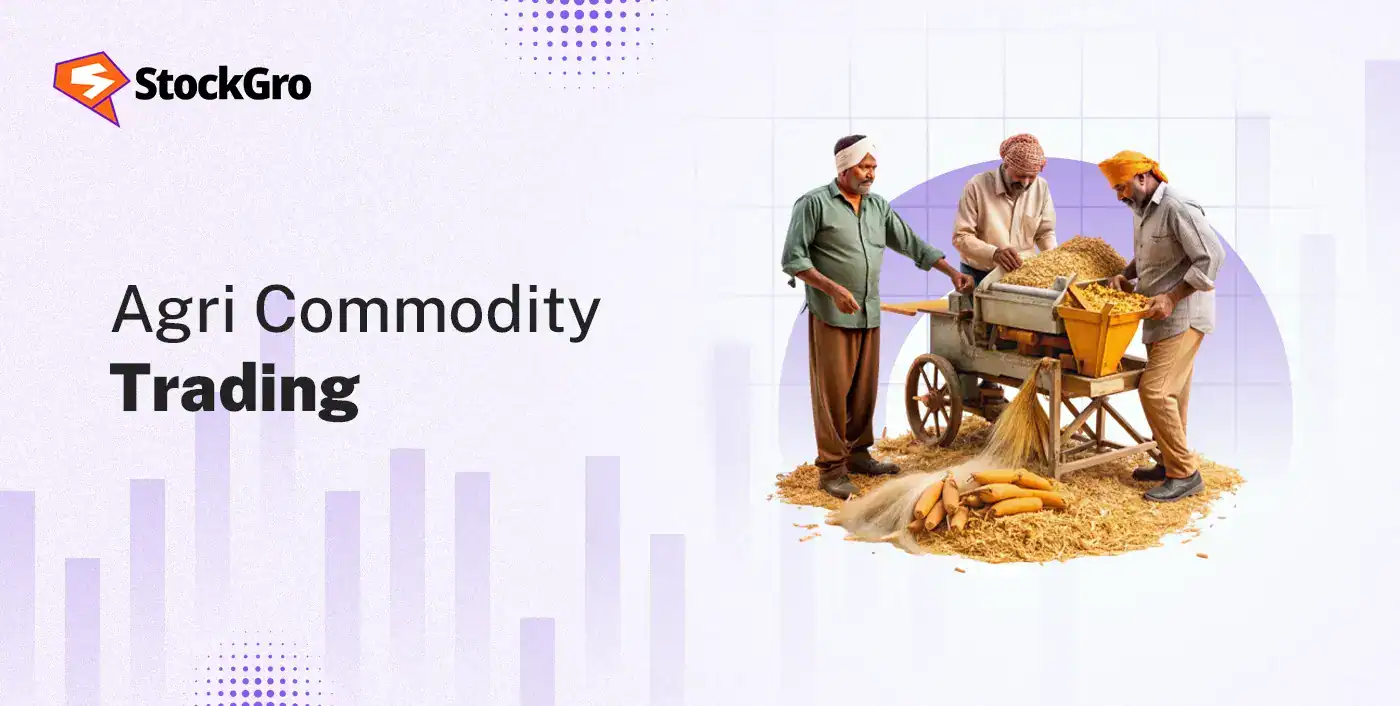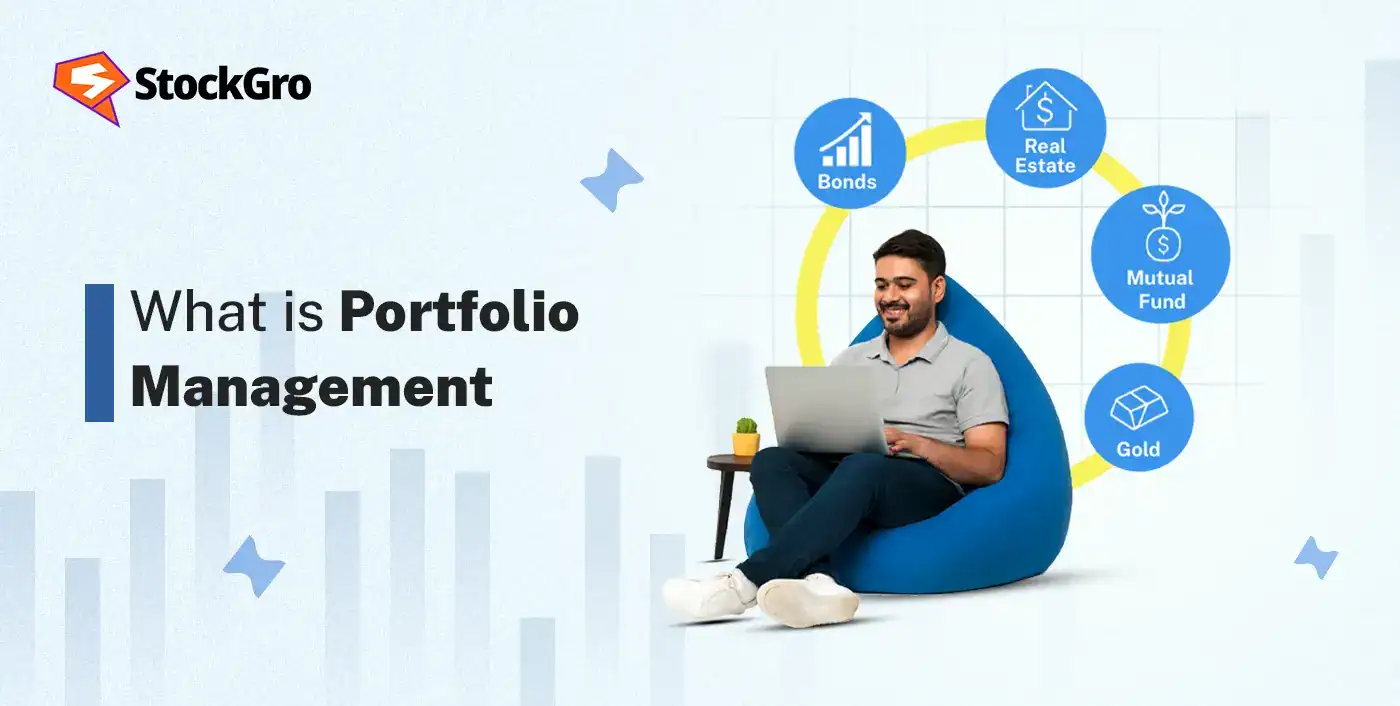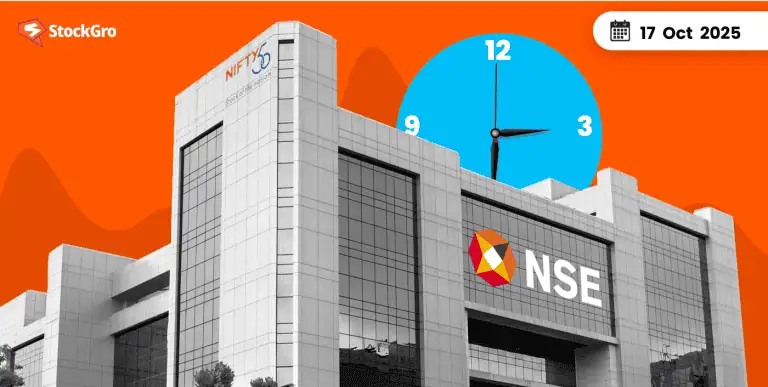
In October 2025, the Department of Agriculture and Farmers’ Welfare under the government of India introduced nine new tradable agricultural products to the National Agriculture Market (e-NAM), increasing the total number of commodities to 247. This step responds to the demands from farmers, traders, and stakeholders to cover a wider range of commodities and deeper market synergy.
As a farmer or investor, it is essential to understand agricultural commodity trading and stay updated on regulatory changes to capitalise on market opportunities, maximise profit, and manage risks effectively. In countries like India, agricultural commodities play a crucial role in protecting farmers while ensuring the availability of food.
This blog is a comprehensive guide to agricultural commodity trading, outlining its benefits, risks, risk management, and regulatory framework.
Read further to know more!
What is agricultural commodity trading?
Agricultural commodity trading is the buying and selling of agricultural products such as wheat, coffee, or cotton, on commodity exchanges through financial instruments like derivatives.
These commodities are often influenced by demand and supply, weather, regulatory changes, and global events. So, farmers and buyers use financial derivatives to lock in future prices and hedge against future price fluctuation, while investors or traders use them to speculate and earn profits from the price movements.
Agricultural commodities are traded on commodity exchanges like the Multi-Commodity Exchange (MCX) and the National Commodity and Derivatives Exchange (NCDEX) through futures contracts and ETFs.
Some of India’s agricultural commodities ETFs include Invesco DB Agriculture Fund (DBA), Teucrium Agricultural Fund (TAGS), and Global X AgTech & Food Innovation ETF (KROP)
Key Agricultural Commodities Traded
The key agricultural commodities traded in the commodities market in India are:
- Cereals and pulses: India is the largest exporter of rice and the second-largest producer of wheat. And, trades in other cereals and pulses like maize, lentils, chickpeas, barley, and more.
- Oils and oilseeds: India is also a major producer of edible oils and oilseeds. Trades castor oil, crude sunflower oils, mustard seeds, soybean, groundnut, etc.
- Spices: Some of the commonly traded spices include turmeric, chillies, cumin,and coriander.
- Plantation crops: Some of the globally traded plantation crops are tea, coffee, sugarcane, and cotton.
- Other commodities: These include marine products, which are among India’s most valuable agricultural exports, especially to the USA and China, fruits and vegetables, and dairy products.
Trading Platforms for Agricultural Commodities
The trading platforms for agricultural commodities range from national electronic spot markets and exchanges to global derivatives exchanges for futures trading.
| Platforms | What do they offer? |
| Multi Commodity Exchange (MCX): | It offers futures trading for a select number of agricultural commodities. |
| National Commodity and Derivatives Exchange (NCDEX): | It is India’s largest commodity exchange specialising in agricultural commodities and focuses on futures and options trading for the majority of agricultural products. |
| National Agriculture Market (e-NAM): | It is a government backed electronic trading portal that connects existing local agricultural Produce Market Committee (APMC) mandis across India, and focuses on physical delivery and online payments for over 240 agricultural commodities. |
| Retail brokerage platforms: | Platforms like Groww, and Motilal Oswal offer opportunities to retail investors to trade agricultural commodities on NCDEX and MCX. |
| CME Group: | It is the world’s leading derivative marketplace and focuses on commodities like soybean, corn and wheat. |
| Intercontinental Exchange (ICE) | It is a global operator for financial and commodity exchange. It focuses on soft agriculture commodities like cocoa, coffee and sugar. |
Benefits of trading in agricultural commodities
Trading in agricultural commodities provides different benefits to investors, farmers, and producers.
Benefits to farmers and producers:
- Pre-determining price: Farmers and producers can buy futures or options contracts to set pre-determined prices to buy or sell at a future date.
- Hedging against price movements: Futures and options contracts lock in a price for their produce at a future date, which helps farmers to protect themselves from expected fluctuations in price.
- Financing and liquidity: The ability to use commodity derivatives and the high liquidity of most agricultural commodities allows farmers to secure finance and convert their assets into cash when required.
Benefits to investors and buyers:
- Portfolio diversification: Agricultural commodities have a low correlation with other financial assets like stocks and bonds, and adding them to an investment portfolio helps balance risks and avoid losses during economic downturns.
- Hedge against inflation: When the cost of goods and services rises, agricultural commodities could serve as a hedge against inflation, helping investors to preserve their purchasing power over time.
- Channel market ups and downs: It creates opportunities for traders to generate higher returns from both upward and downward price movements.
Risk Management in Agricultural Commodity Trading
Risk management in agricultural commodity trading is quite important as agricultural products are subject to various risks such as natural calamities, demand and supply, and regulatory changes.
- Hedging with derivatives: Derivatives are for hedging and risk management. Farmers, producers, and investors can hedge price fluctuations and inflation through purchasing futures and options contracts, to set prices for future delivery and have the right to buy or sell.
- Physical and operational strategies: Diversifying agricultural commodities across different commodities, contract farming, and maintaining liquidity help to maintain stability during intense market changes.
- Portfolio and analysis techniques: Farmers and investors shall stay updated with market changes, and traders should strategically set stop-loss orders and calculate position relative to capital, to limit major impacts from market fluctuations.
Regulatory Framework for Agricultural Commodities
| Market regulation | Agricultural Produce Market Committee (APMC) Act, Model APMC Act 2003 and 2017, National Agriculture Market (e-NAM), and Farm Laws 2020 |
| Quality control and standards | Agricultural Produce (Grading and Marking) Act 1937, AGMARK certification, Food Safety and Standards Authority of India (FSSAI), Bureau of Indian Standards (BIS), and Export Inspection Council (EIC) |
| Trade and storage | Essential Commodities Act 1955, Securities and Exchange Board of India (SEBI), Warehousing (Development and Regulation) Act 2007, and Negotiable Warehouse Receipts (e-NWRs) |
| Promotion and export | agricultural and Processed Food Products Export Development Authority (APEDA), Marine Products Export Development Authority (MPEDA), and Spices Board, Tea Board, Coffee Board |
Conclusion
Agricultural commodity trading aims to connect farmers, traders, and investors through a regulated marketplace and provide transparency and profit opportunities, while managing risk efficiently. It allows participants to hedge against price movements, maintain liquidity, and diversify their portfolios through different exchanges and platforms.
Understanding trading platforms, agricultural commodities, and regulatory frameworks helps in making informed decisions. With platforms like e-NAM and other supportive policies, India’s agriculture trading continues to expand with improved market access.
FAQ‘s
Agriculture commodity trading is the buying and selling of agricultural products like wheat, coffee, or cotton through commodity exchanges using derivatives to hedge price fluctuations and earn profits.
An investor can start agricultural commodities trading directly through an exchange like MCX or NCDEX, or by opening a trading and demat account with a registered broker and purchasing agricultural commodities through futures or options contracts.
The major traded agricultural commodities in India include cereals and pulses like wheat, rice, chickpeas, etc., oil and oil seeds, spices, plantation crops, marine products, fruits, vegetables, and dairy products.
The main platforms for agricultural commodities trading are commodity exchanges like MCX, NCDEX, and e-NAM. Investors can also use brokerage platforms like Groww and Motilal Oswal that offer access to agricultural commodity trading.
The risks involved in agricultural commodities are natural calamities, demand and supply fluctuations, price volatility, and regulatory changes that affect agricultural markets.
Farmers and investors can manage risk in agricultural commodity trading by hedging price fluctuations through derivatives, diversifying agricultural commodities, maintaining liquidity, and staying updated with market changes.
Agricultural commodity trading is regulated by various regulatory bodies, which include the APMC Acts, SEBI, the Essential Commodities Act, AGMARK, FSSAI, BIS, and other authorities that ensure fair trade and quality standards.

